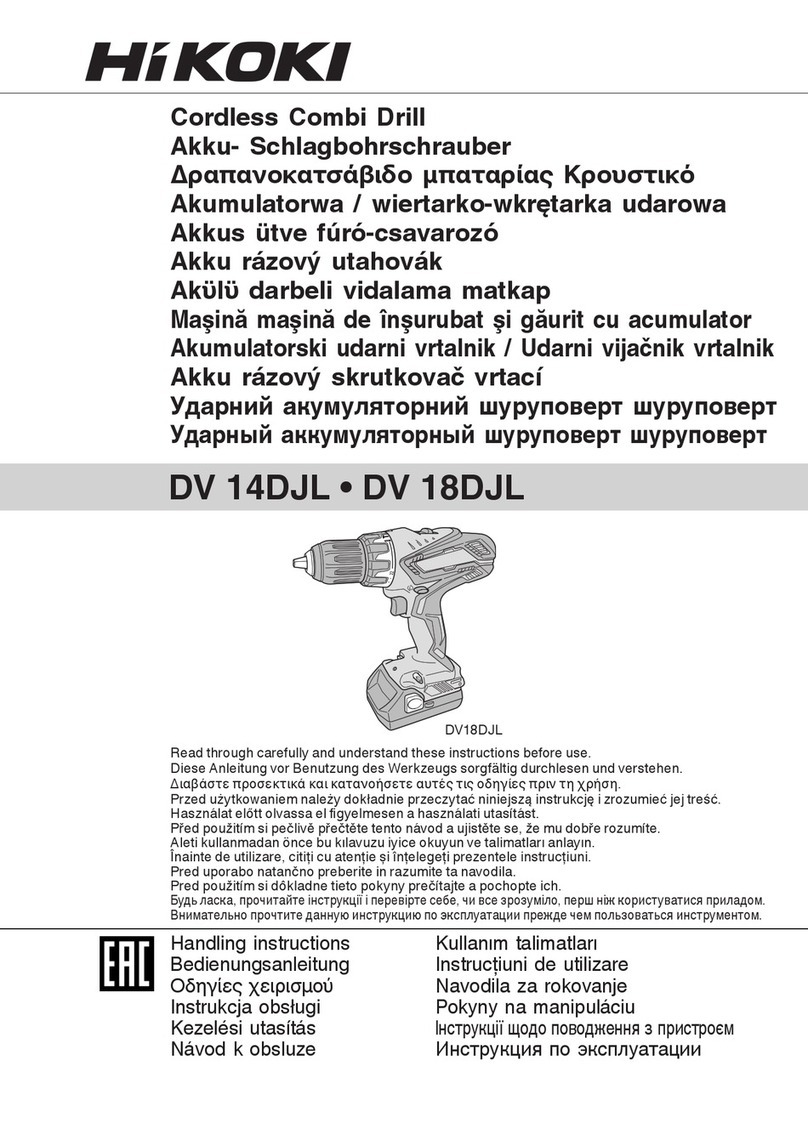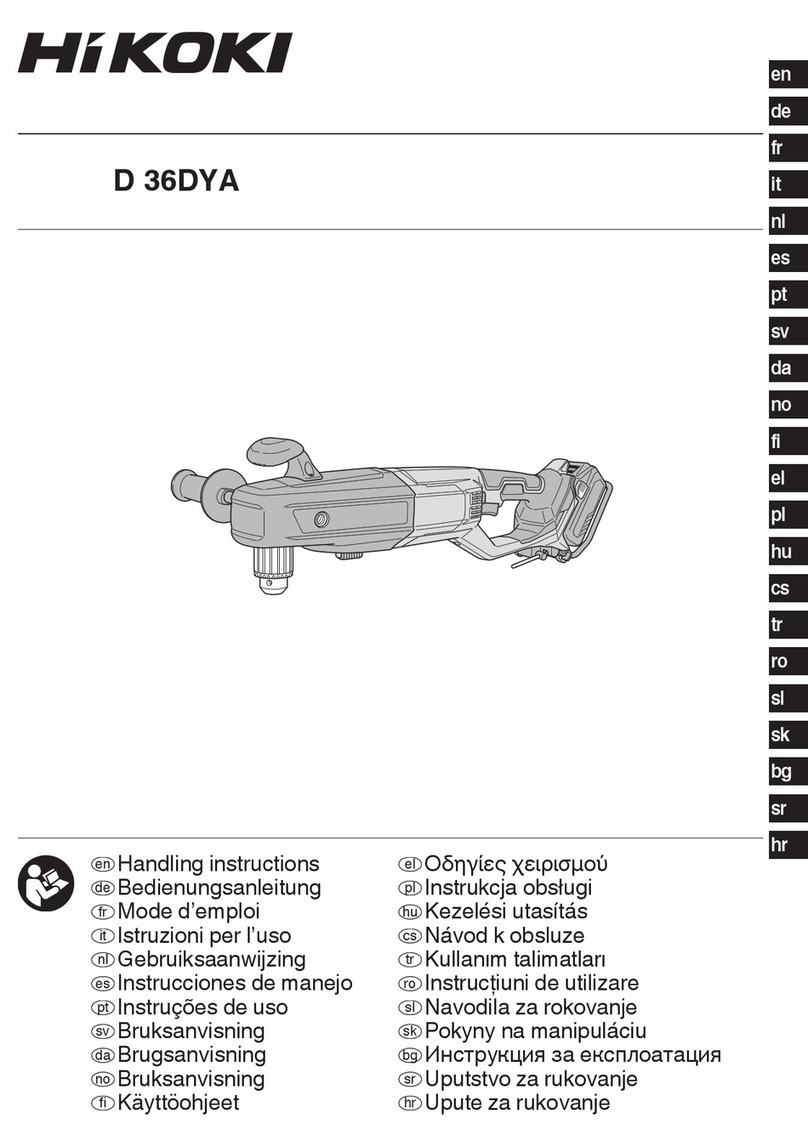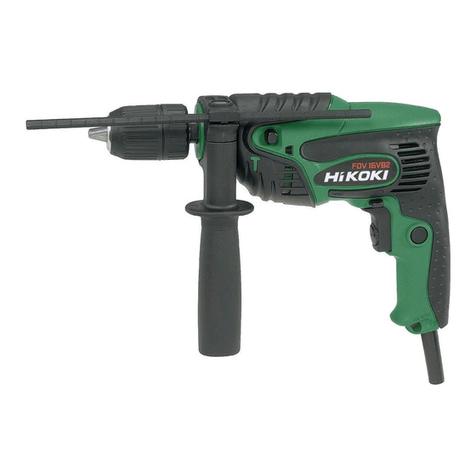HIKOKI D 13VL User manual
Other HIKOKI Drill manuals

HIKOKI
HIKOKI DS 18DD User manual
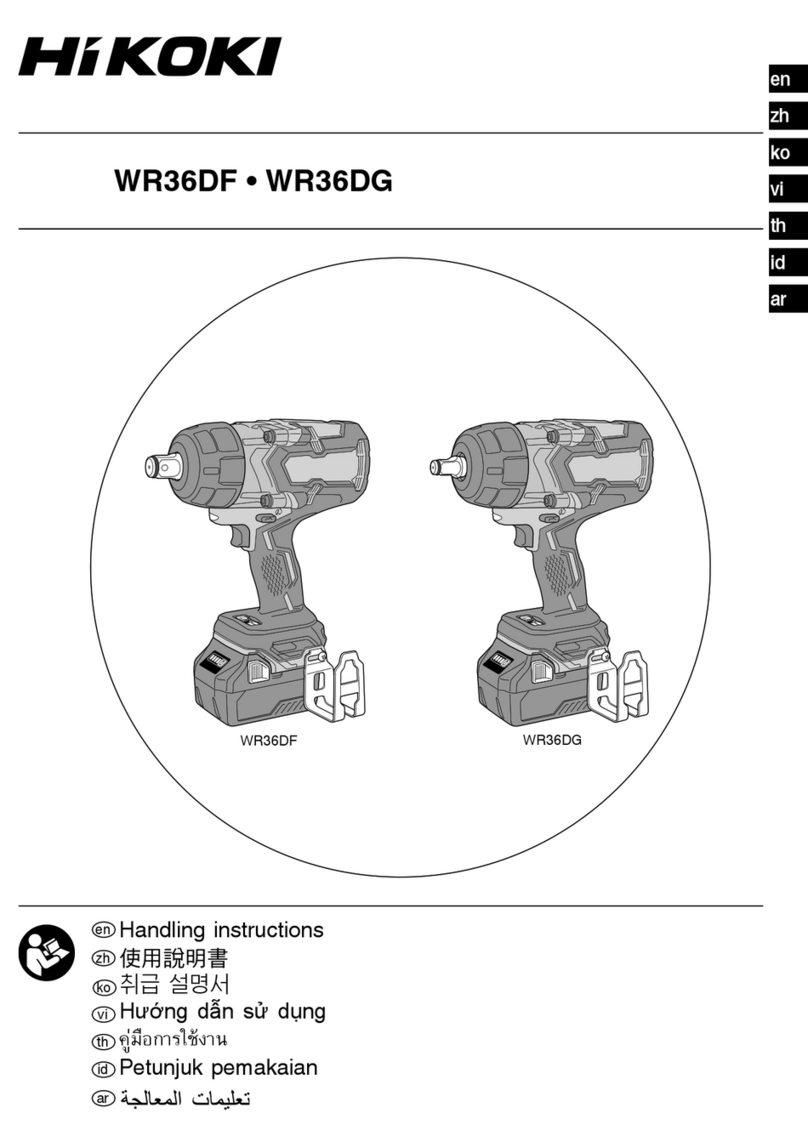
HIKOKI
HIKOKI WR36DF User manual

HIKOKI
HIKOKI DV 16V User manual
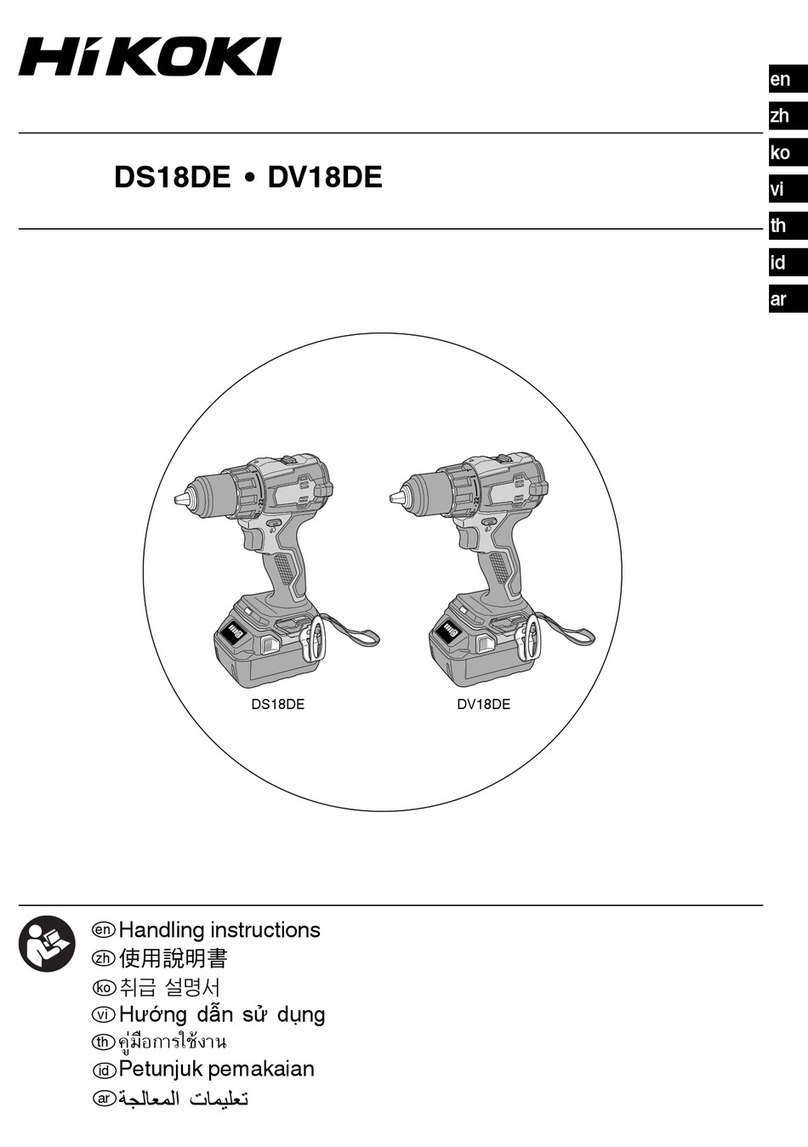
HIKOKI
HIKOKI DS18DE User manual
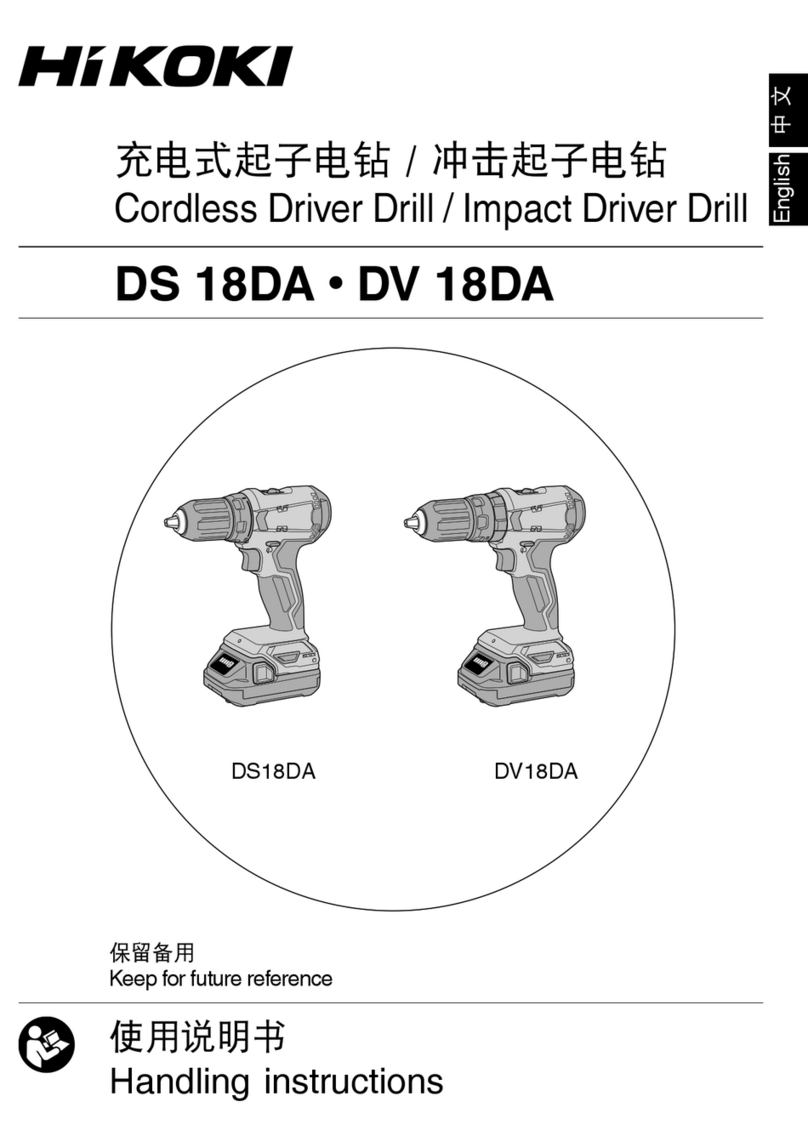
HIKOKI
HIKOKI DS18DA User manual
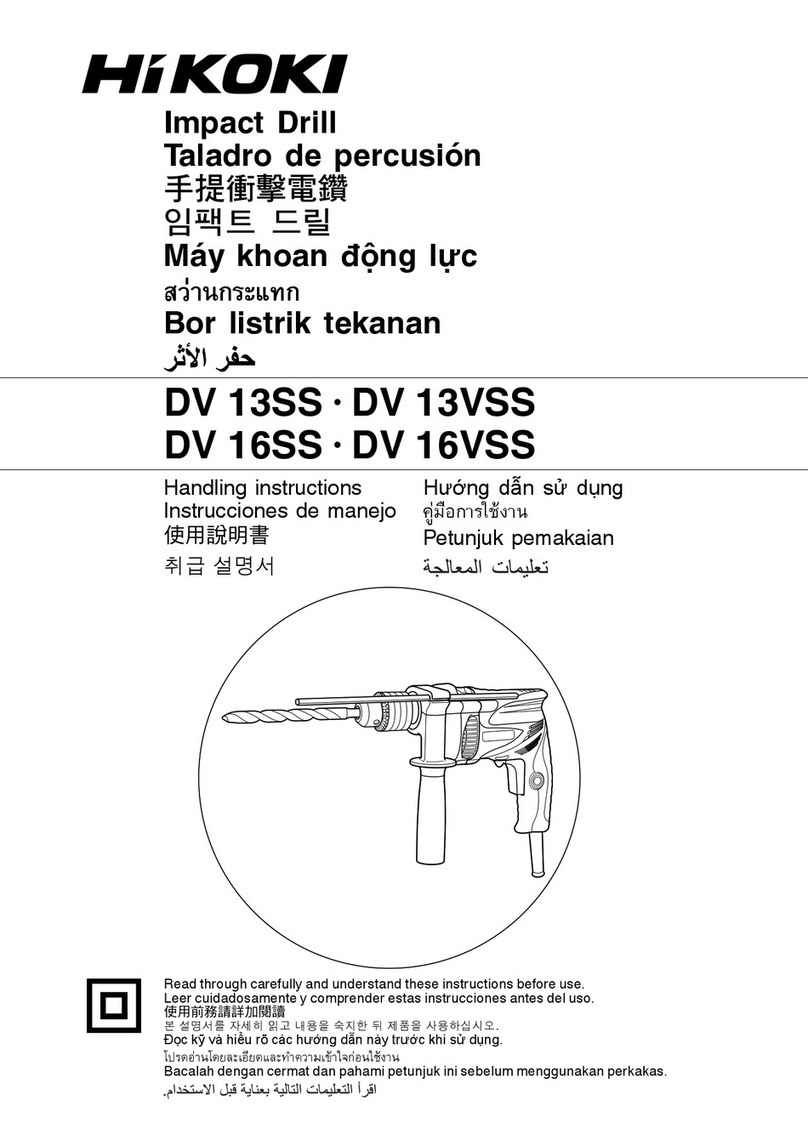
HIKOKI
HIKOKI DV 13SS User manual
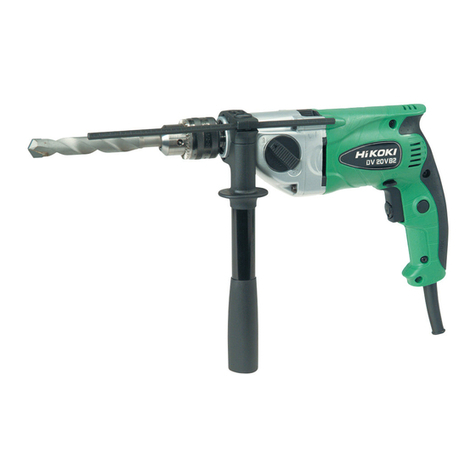
HIKOKI
HIKOKI DV 20VB2 User manual

HIKOKI
HIKOKI DN 14DSL User manual
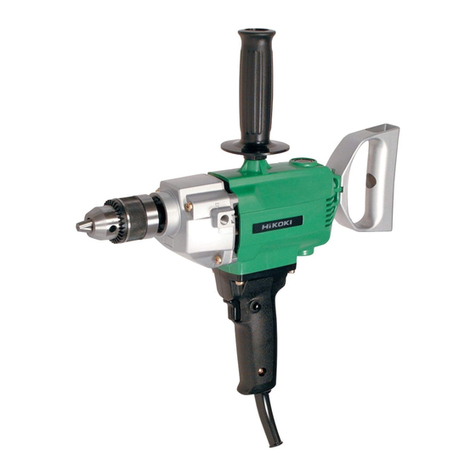
HIKOKI
HIKOKI D13 User manual

HIKOKI
HIKOKI DS 18DBXL User manual
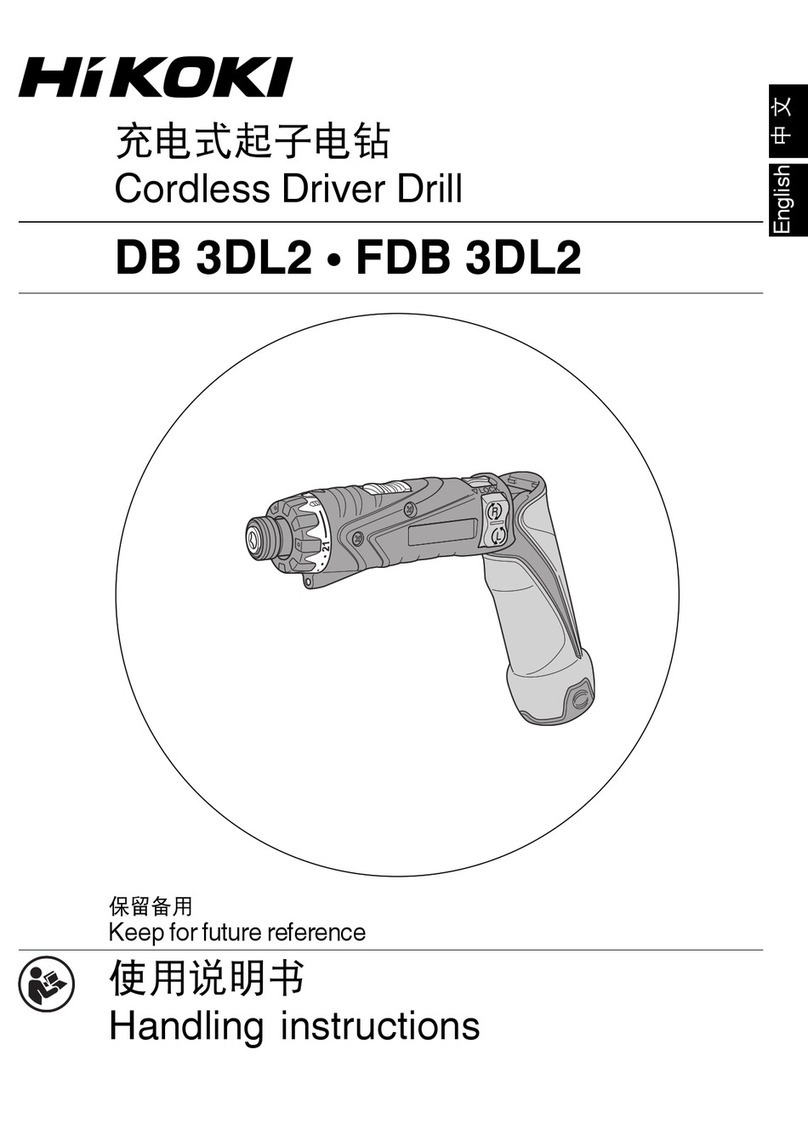
HIKOKI
HIKOKI FDB 3DL2 User manual

HIKOKI
HIKOKI D 10VJ User manual
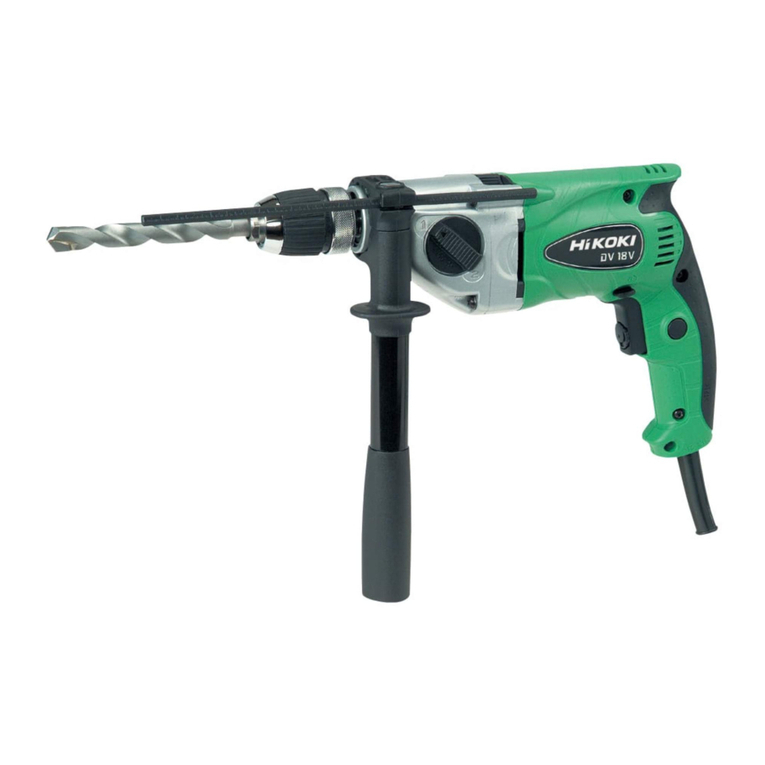
HIKOKI
HIKOKI DV 18V User manual

HIKOKI
HIKOKI D 6SH User manual

HIKOKI
HIKOKI DM 20V User manual
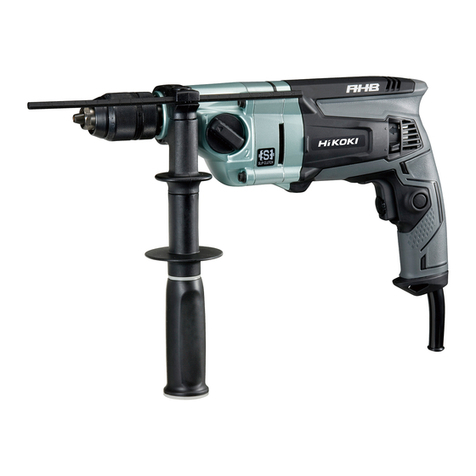
HIKOKI
HIKOKI D 13VL User manual
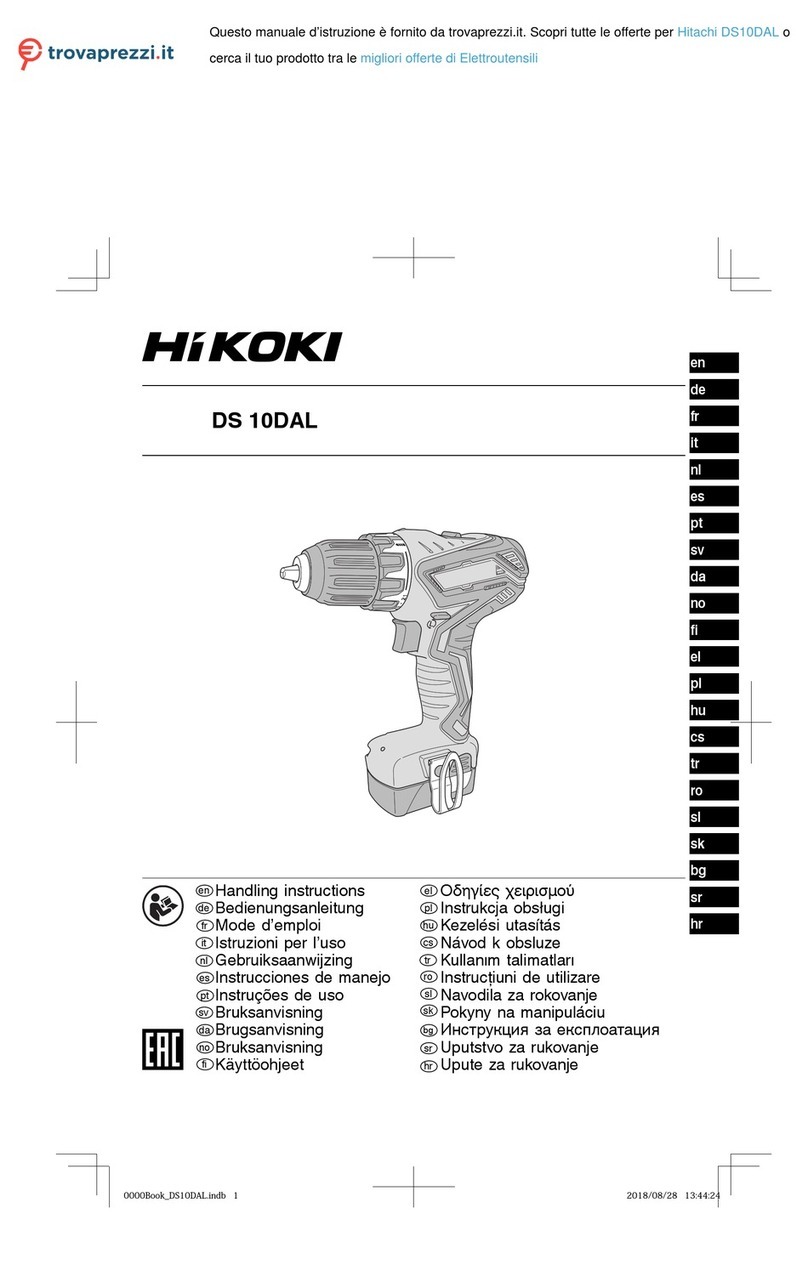
HIKOKI
HIKOKI DS 10DAL User manual
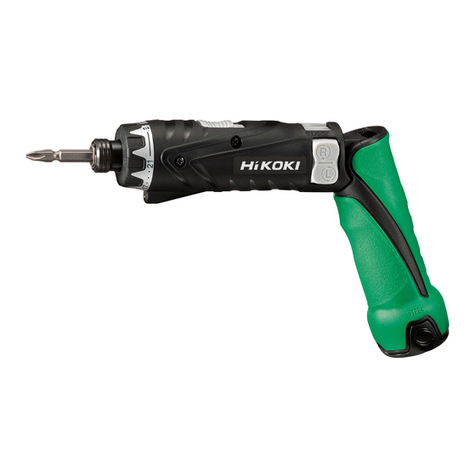
HIKOKI
HIKOKI DB 3DL2 User manual
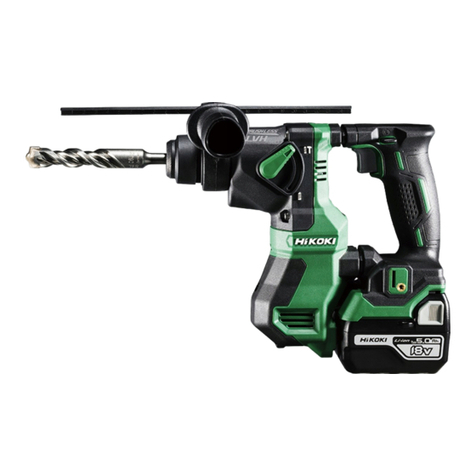
HIKOKI
HIKOKI DH 18DPA User manual
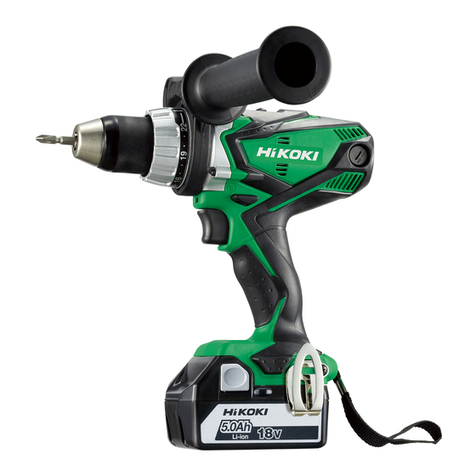
HIKOKI
HIKOKI DS18DC User manual

